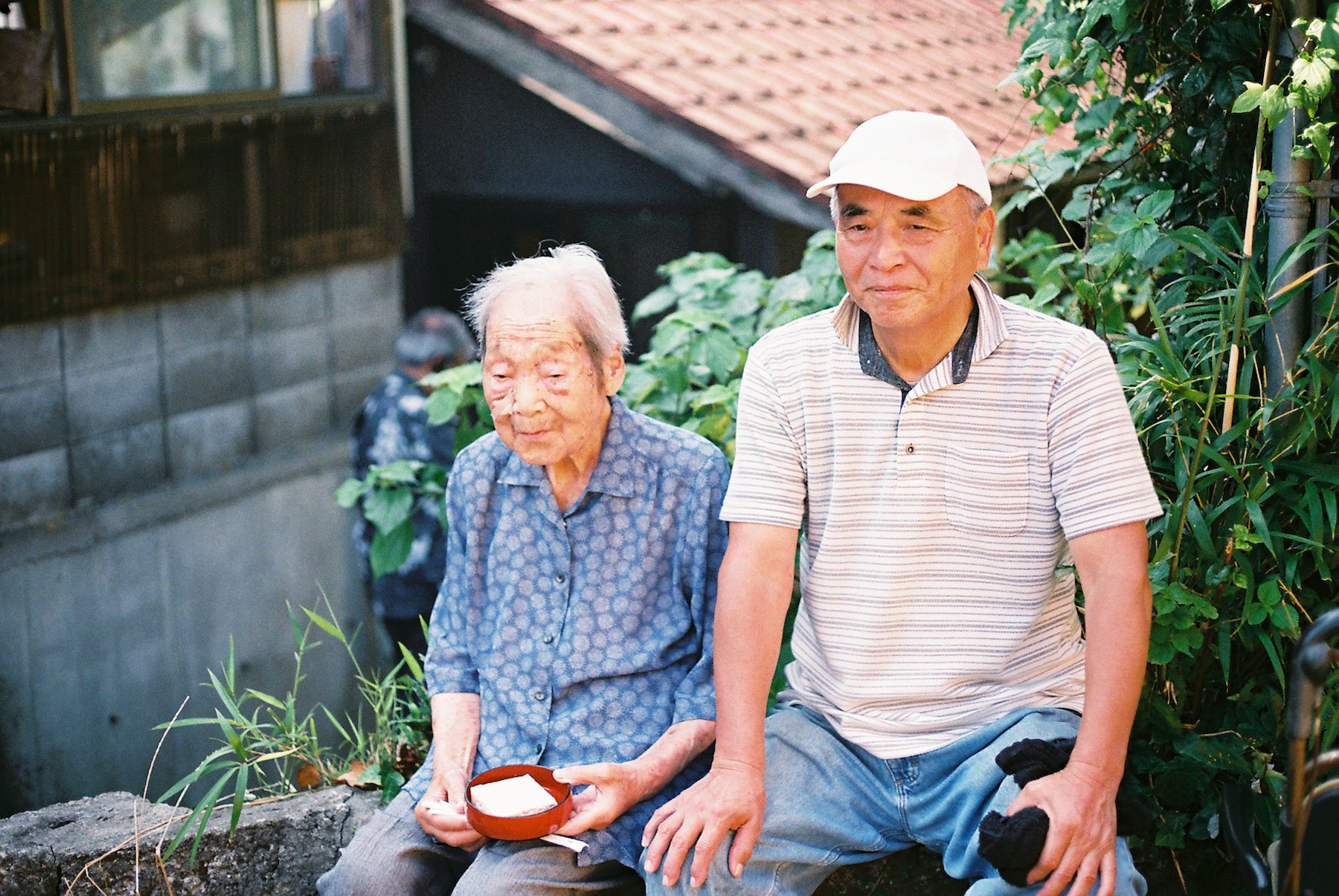景勝地の鳥取砂丘で知られる、鳥取県。こののどかな県には、一見しただけではわからない魅力が満載だ。富士山に匹敵する美しさを誇る象徴的な大山や緑豊かな丘陵地帯など、知られざるスポットも数多く、都会の喧騒に疲れた時にもってこいの場所だ。
鳥取の由緒正しい文化、豊かな歴史、創造的なコミュニティ、そして活気に満ちたグルメに魅入られ、観光客数は過去最大にのぼっている。また、都市生活に疲弊して安らぎを求める人々がここを永住の地にするべく、日本だけでなく世界各国から集まってくる。この地域を訪れる機会があれば、是非お見逃しなく。グルメ、農業、アート、コミュニティなど、他にはない鳥取の魅力とそこに暮らす人々をご紹介しよう。
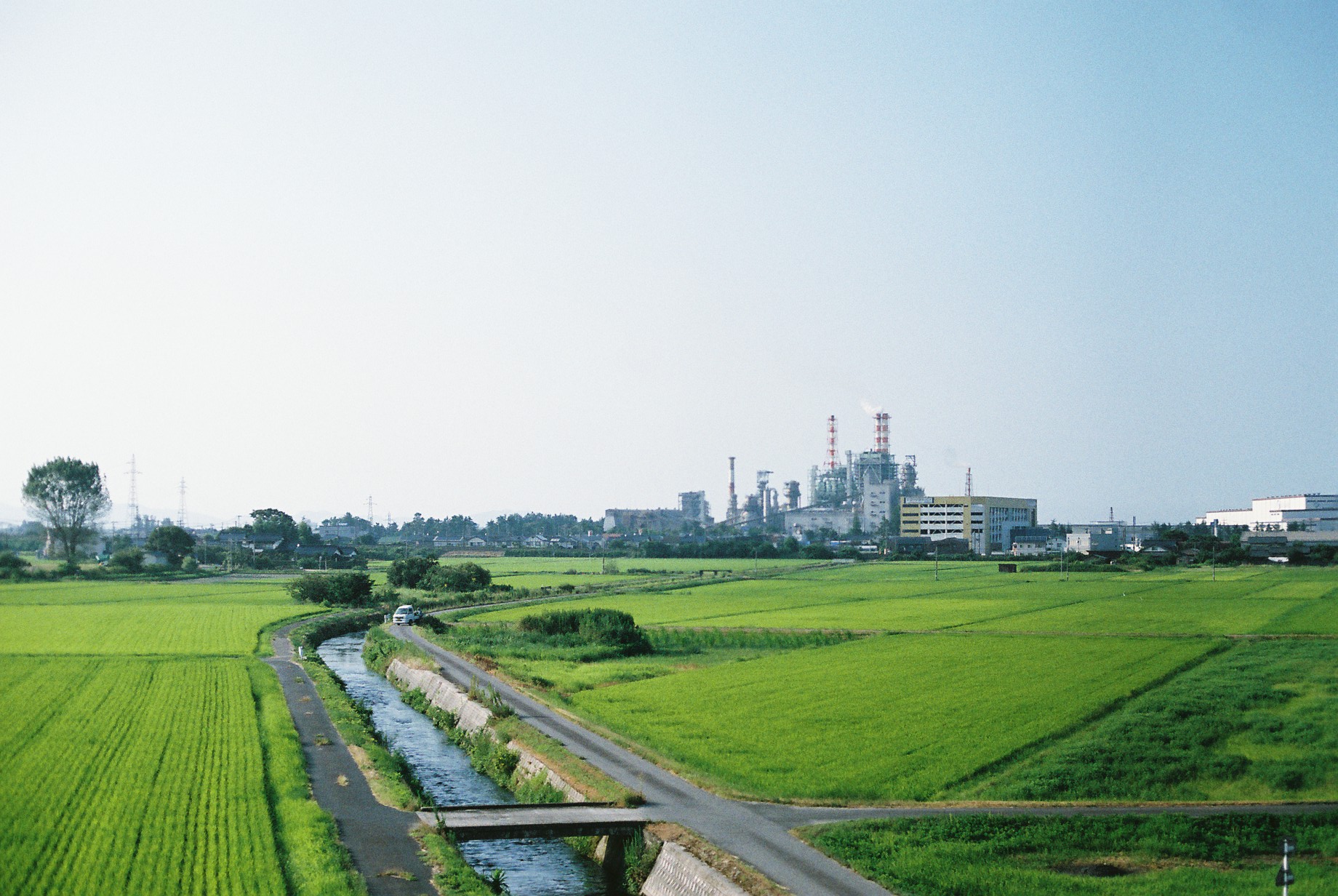
Photo by Lucy Dayman
鳥取の豆腐屋
大山町の国信地区は鳥取観光案内図に大きく取り上げられるような観光地ではないが、地元のひたむきな豆腐製造者を中心とした活気あふれるローカル文化が息づいている。大山を取り囲むこの地は、山から流れる清らかで美しい水に恵まれた、広大な農業地域だ。ここで栽培される主要作物の1つが大豆だ。あらゆる品種の大豆が育ち、あらゆる地元料理に使用されている。
昭和(1926~1989年)初期、この地域の村周辺には多くの「豆腐屋」があった。収穫された大豆は、地元の家庭が切り盛りする豆腐屋に届けられた。店では現地の労働者が力を合わせ、鳥取の主食ともいえる、新鮮なタンパク質がたっぷり詰まった栄養たっぷりの豆腐を製造していた。時代が移り、より現代的で時間効率のよい豆腐生産方法が導入されるようになると、地元の手作り豆腐は、価格と効率性でスーパーマーケットの豆腐に太刀打ちできず、多くが廃業へと追い込まれた。
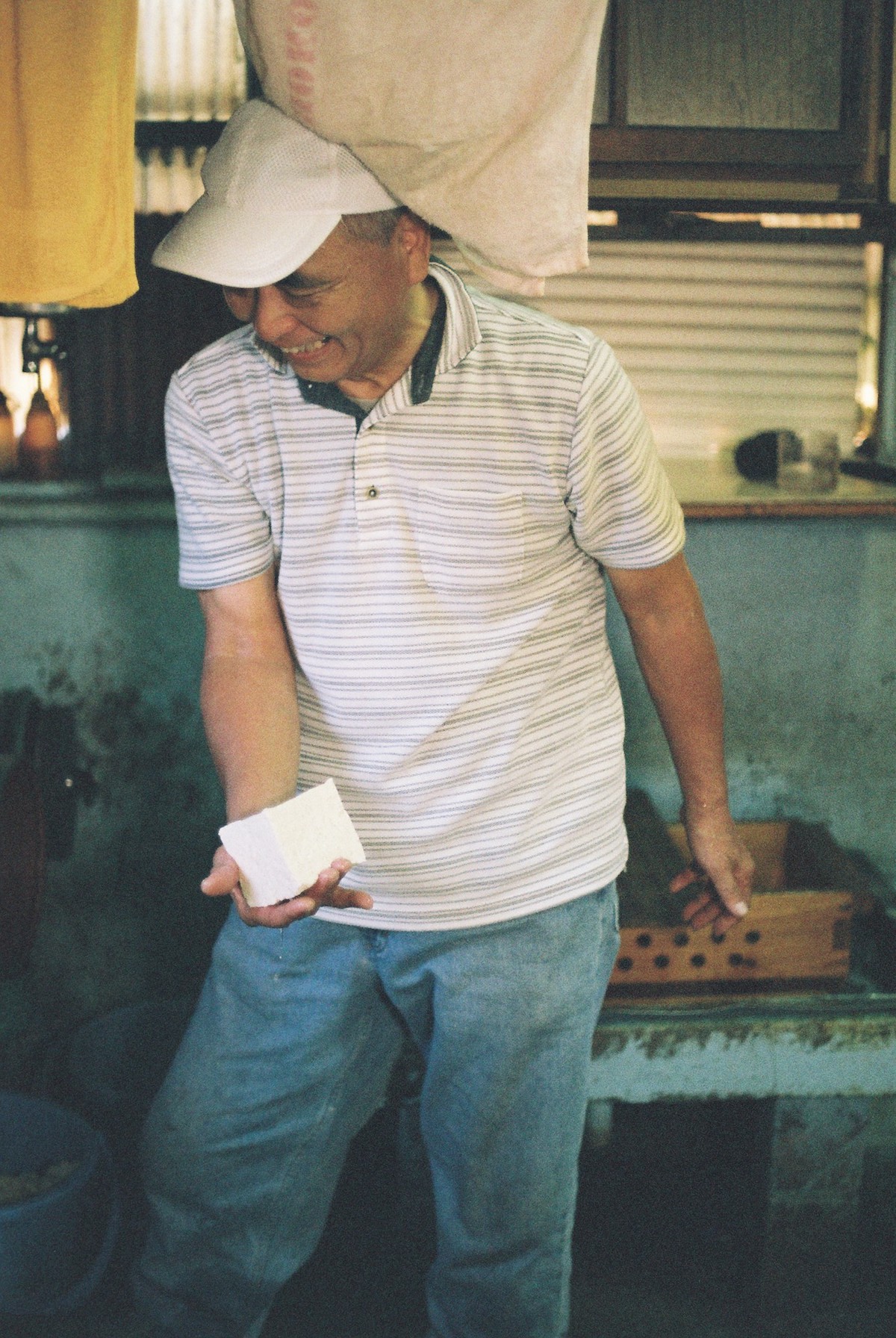
Photo by Lucy Dayman
しかし、従来の手法で豆腐を作り続ける地元の豆腐屋も少なくなく、今も根強く残っている。毎週水曜日、地元に住む谷尾さんと青木さんは、午前4時に起床し、1世紀前と同じ伝統的な手法で、昔ながらの鳥取豆腐を作り続けている。2人は1週間前に地元の顧客から注文を受けた、約26丁分の豆腐を、丸一日かけて製造する。彼らに豆腐作りを教えたのは、「谷尾さん」と呼ばれる107歳の女性だ。豆腐作りは収入を得るための手段ではなく、価格は製造コストをまかなえる額に抑えられている。彼らの活動は営利目的ではなく、鳥取の食文化の歴史的遺産を途絶えさせないためのたゆまぬ努力なのだ。
所在地:鳥取県西伯郡大山689-3309
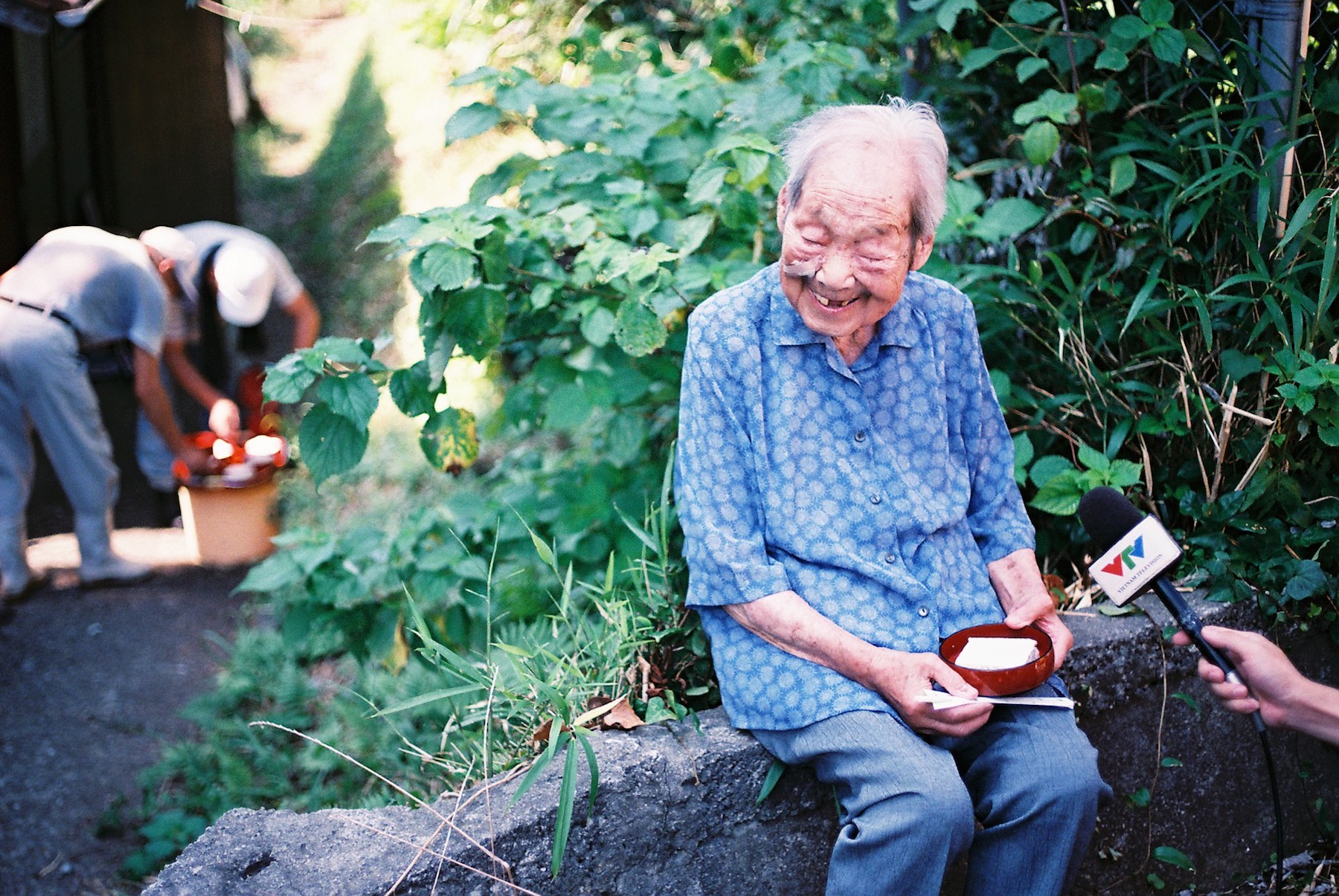
Photo by Lucy Dayman
コミュニティ拠点「まぶや」
日本で最も人口の少ない鳥取での生活は、ゆったりとリラックスしたストレスの少ないライフスタイルで、都会生活のプレッシャーから解放されたいと願う人々にとってますます魅力的だ。都会から鳥取でのカントリーライフに転換するとどうなるか、詳しく知りたいと思う人が向かうのが、「まぶや」だ。大山町の中心に位置する「まぶや」は、コミュニティスペースや教育の拠点、そしてギャラリーやカフェなどが一体となった施設だ。空き家となった医院を利用した「まぶや」はコミュニティ拠点として、長期滞在者だけでなく旅行者にも広く開放されている。
近くを通りかかったなら、是非現地のカフェに足を運び、ここを管理する地元の人々と交流してみると良い。営業日は木・土・日曜日。カフェは、有望な中小企業経営者やサービス業を志す有志が交代制で出店する。彼らは時間を提供する見返りとして、将来の参考となる、実践的なキッチン体験を得ることができるという仕組みだ。隣にあるアートスペースもキッチン同様に、クリエイティブなアーティストがローテーション制で参加する。ギャラリーではプロ・アマ問わず、アート作品が展示され、無料で公開されている。
彼らのチームの取り組みが功を奏していることは、2009年から2014年の5年間で鳥取県に移住した人は約4000名にのぼっていることを見ればわかる。また、2016年と2017年には、鳥取県内の多くの市町村が「地方移住先人気ランキング」にランクインしている。
住所:鳥取県西伯郡大山町上市29 コミュニティスペース「まぶや」
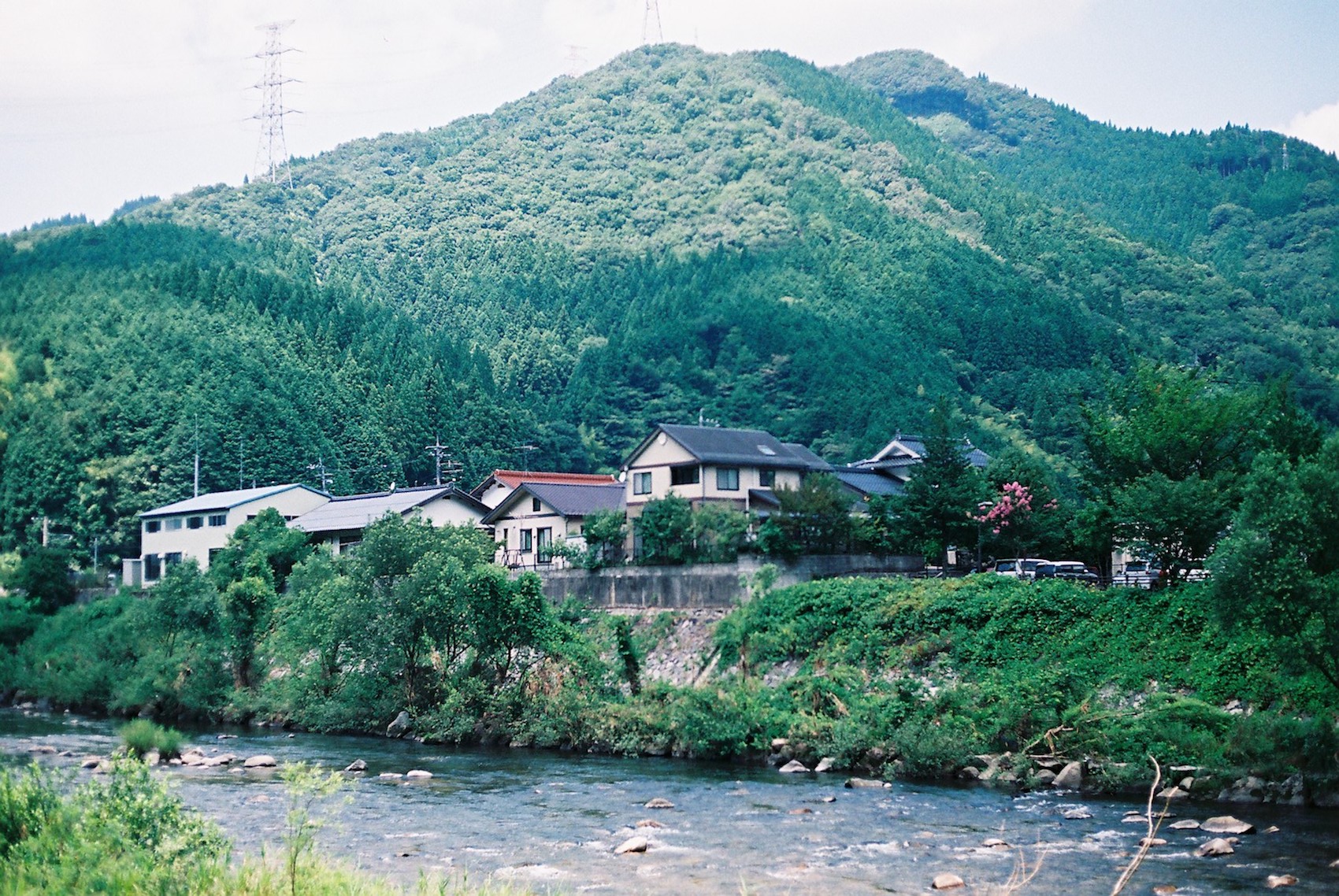
Photo by Lucy Dayman
素潜り漁
素潜り漁師の中村隆行さんは、大都市からのどかな田舎へと移住した地元民の一人だ。埼玉県出身の中村さんは、鳥取県沿岸の豊かな漁場に惹きつけられた。彼が実践する素潜り漁は、最も環境に優しい漁法だ。中村さんに必要なのは、新鮮な海産物を採集するための20kgの樽とウェットスーツ、そして長時間息を止める技量だけだ。
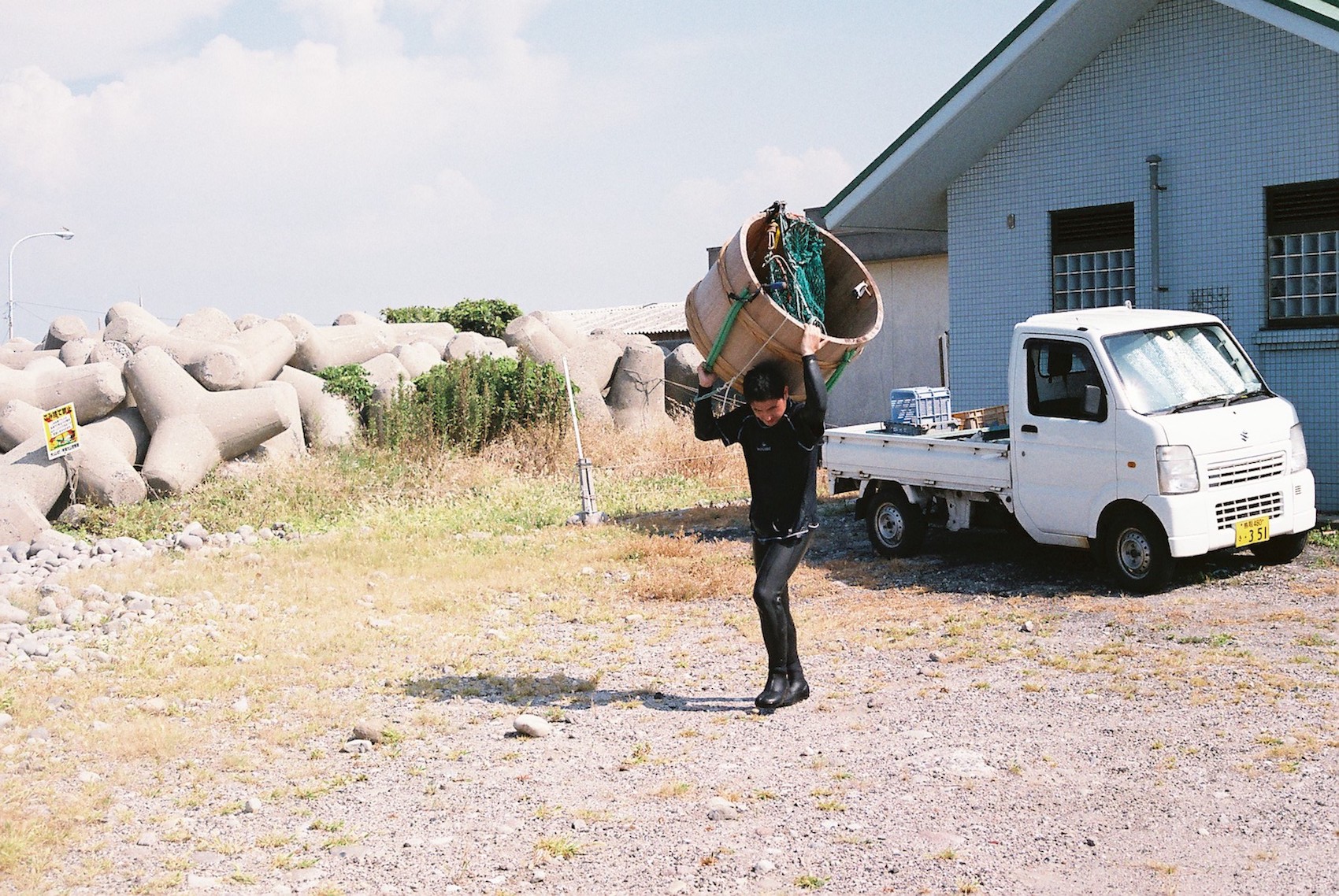
Photo by Lucy Dayman
中村さんは毎朝7時になると、大山町中心部に程近い御崎漁港へと向かい、新鮮な牡蠣やアワビ、海苔を求めて注意深く沿岸を探索する。獲った魚介類は地元の市場で売られ、日本各地の商業施設へと送られる。朝、牡蠣を採り終ると、中村氏はいつも「まぶや」へと向かう。このスペースを支援するとともに、鳥取での生活の実態と喜びを伝えているのだ。
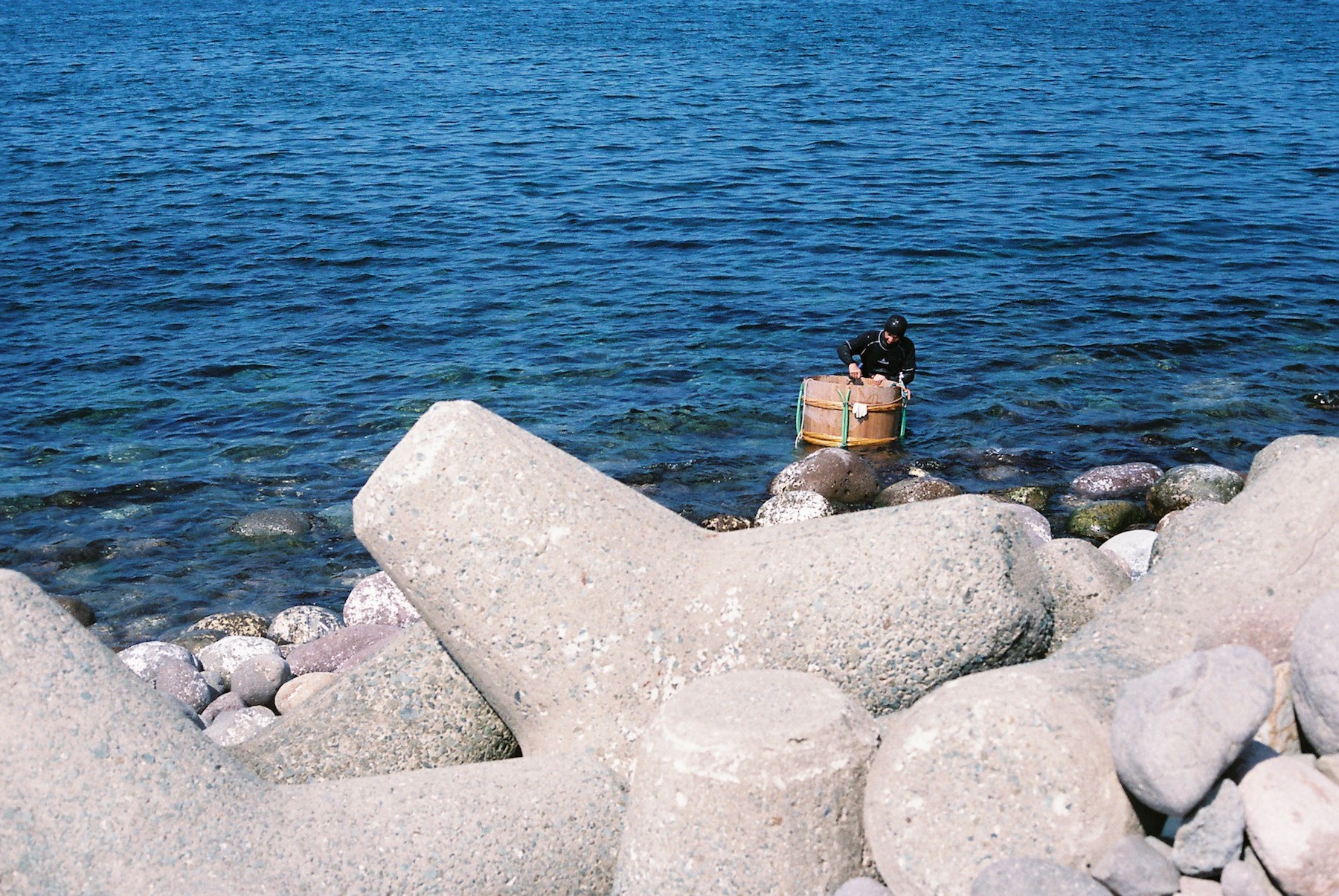
Photo by Lucy Dayman
手つかずの海岸線、活気のあるコミュニティ拠点、そして国内有数の豊かな景観を誇る鳥取県は、日本の地方の中でも最も美しい地域だ。週末の旅行を楽しむにも、丸一週間都会を離れたいときでも、旅先としては最高だ。鳥取の人口は少ないが、見どころは満載だ。
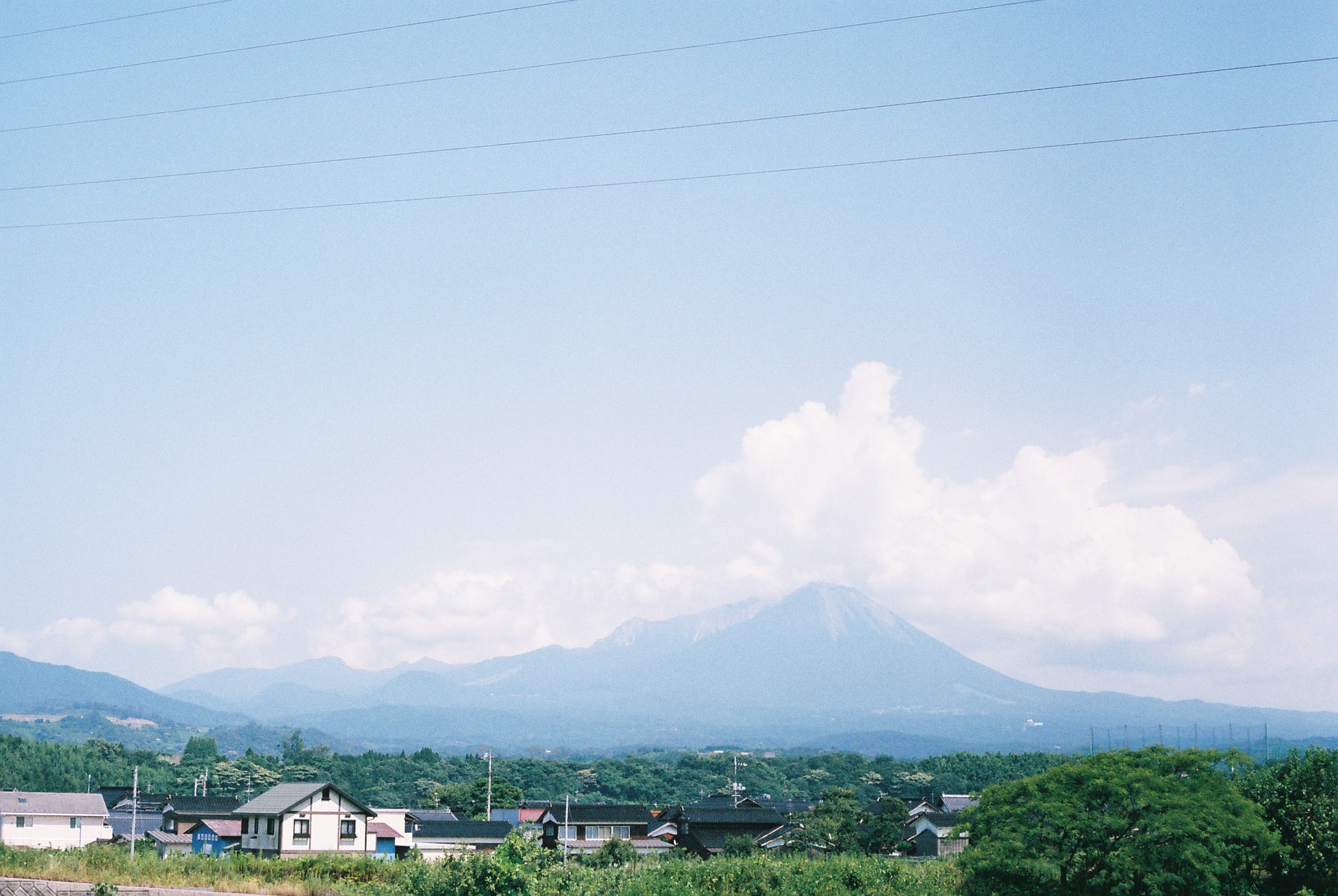
Photo by Lucy Dayman
電車を利用する場合、東海道・山陽新幹線で岡山駅まで行き、JR八雲線に乗り換えて伯耆大山駅まで行ったあと、さらに山陰線で名和駅までたどり着けば、大山町の中心部だ。空の便なら、羽田空港から出雲空港まで日本航空(JAL)の定期便が運航している。
—
All Photos by Lucy Dayman
—
Lucy Dayman | ルーシー・デイマン
オーストラリア生まれ。2016年、オーストラリア・メルボルンでのカルチャー・音楽雑誌の編集の仕事を辞め、日本で旅をしながら仕事を始める。フリーランスライターとしての仕事と旅の傍ら、フィルム写真を撮影している。
Instagram: @lucy.dayman.
HP: lucydayman.com
Typically most famous for its picturesque sand dunes, there’s a lot more to this laid-back prefecture than meets the eye. Home to the iconic Mt. Daisen – a mountain most commonly compared to Mt. Fuji in terms of beauty – lush rolling hills, and countless hidden delights, it’s the ideal city escape.
Tottori’s authentic culture, rich history, creative community, and its vibrant culinary scene is attracting more visitors than ever before. It’s also becoming a magnet for permanent residents not just from Japan but across the globe looking to make a break from the draining energy of city life. If you have an opportunity to visit the area, don’t miss it. Food, agriculture, art, and community, let’s take a look at a few unique aspects of Tottori and the people that make it so special.
Tottori’s Tofu Huts
The Kuninobu district of Daisen town is not a typical stop off marked on the Tottori tour guide maps, but it’s home to a vibrant local culture driven by the town’s dedicated local tofu makers. The land that surrounds the towering Mt. Daisen is a largely agricultural area, home to super fertile soil and fresh, clean water that trickles down from the mountain. One of the main crops you’ll find growing here is the incredibly diverse soybean, used in a countless array of local dishes.
In the early Showa period, between 1926–1989, this area saw many “tofu huts” pop up around the village. Run by local families these huts were a collection point for the soybean crops. Inside the huts local workers would come together and produce big hearty blocks of fresh, protein-rich tofu, a staple of the Tottori diet. During the years that followed, the introduction of more modern and time-efficient methods of tofu production came into fruition. Locally produced, handmade tofu production couldn’t compete with the price and efficiency of the supermarket tofu, so many of the huts were abandoned.
However, there are a handful of local tofu makers who still to this day work tirelessly to produce tofu the way it was originally done. Every Wednesday locals Ryo Tanio and Keiji Aoki wake at 4 am and head to one of the very few the still running huts to create classic Tottori tofu using traditional methods as it was done almost a century ago. The pair spend the whole day creating the roughly 26 blocks of tofu fulfilling orders that local customers have placed around a week prior. Initially taught by the town’s still living 107 year old tofu grandmother, also known as Tanio-San, the tofu production isn’t a way to make money, the price they charge is just enough to cover the production making costs. However they’re not motivated by financial gain, they’re doing this tireless work as a way to keep the historical legacy of Tottori’s food culture alive.
Address: Daisen, Saihaku District, Tottori Prefecture 689-3309
Mabuya
The idea of a life in the slower, relaxed, and arguably more stress-free lifestyle of Tottori, Japan’s lowest populated prefecture is becoming much more attractive to those wanting to escape the pressures of city living. When people want to know more about how to transition from city to country life here in Tottori, they head to Mabuya. A community center, educational hub, gallery and cafe, all rolled into one, Mabuya is situated right in the center of Daisen town. Built inside a previously-abandoned hospital, this welcoming community hub is open to long-term residents and guests alike.
If you’re passing by, pop into the on-site cafe to meet with some of the locals who look after the space. Open on Thursdays, Saturdays, and Sundays; the cafe runs on a rotating roster system where hopeful small business owners and future hospitality workers volunteer their time in exchange for hands-on kitchen experience which they can draw from in future endeavors. Like the kitchen, the next door art space also features a rotating cast of creatives. The gallery showcases work by both professional and first-time artists and is open to the public free of charge.
The team must be doing something well, as about 4000 people moved to the prefecture between 2009 to 2014. While in 2016 and 2017 a number of municipalities in Tottori were listed in first place in a ranking of the most desired rural areas for people to live.
Address: Tottori Prefecture, Saihaku District, Daisen, Uwaichi, 29 コミュニティ・スペース
Freediving
One of the Tottori locals who made the change from big city living to the laid-back country lifestyle is freediver Takayuki Nakamura. Born in Saitama Prefecture, Nakamura was drawn to the area’s produce abundant fishing spots along the coast of Tottori. His fishing method, freediving, is one of the most environmentally friendly ways to fish. All Nakamura requires is a 20-kilogram barrel for collecting fresh seafood, his wetsuit, and the ability to hold his breath for an extended period.
At 7 am every day, Nakamura makes his way to Misaki Port, right by Daisen’s town center to comb the coast for fresh oysters, abalone, and seaweed which will later be sold at the local market and sent to commercial outlets across Japan. After spending the morning catching oysters, Nakamura typically heads over to Mabuya to help the space and educate others on the practicalities and joys of living in Tottori.
Untamed coastline, vibrant community hubs and some of the most diverse landscapes in Japan, Tottori is regional Japan at its most beautiful. An excellent destination for a weekend trip or an entire week out of the city, Tottori may be small in terms of population but it has so much to offer if you’re willing to look.
If you’re traveling by train, the best way to get there is by taking the Tokaido-Sanyo Shinkansen to Okayama Station. From there, take the JR Yakumo to Hoki-Daisen Station and switch to the San-In Line before hopping off at Nawa Station, this will get you to the center of Daisen town. If you want to travel by airplane, then Japan Airlines (JAL) runs regional flights from Haneda to Izumo Airport regularly.
—
All photos by Lucy Dayman
—
Lucy Dayman
Originally from Australia, in 2016 Lucy left her job as an editor of a culture and music magazine in Melbourne to live, work and travel in Japan. Between freelance writing and traveling, she’s been dabbling in film some very amateur film photography, which you can check out on her Instagram: @lucy.dayman. Check out her other writing work and photos at lucydayman.com
